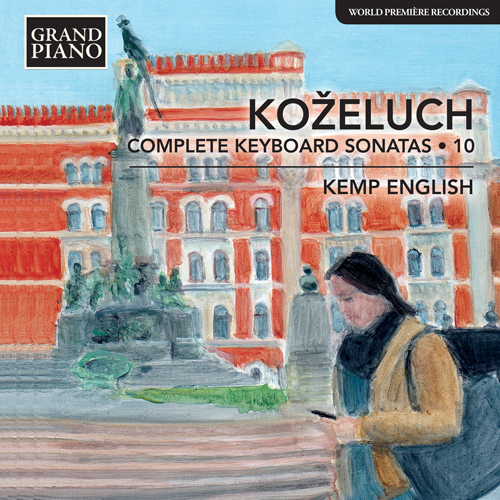
About this Release
Catalogue No.: GP734
Release Date: September 2017
Barcode: 747313973422
Composer(s): Leopold Koželuch
Artist(s): Kemp English
Link(s):
KOŽELUCH, LEOPOLD (1747–1818)
Complete Keyboard Sonatas • 10
Nos. 38–41
- Kemp English, fortepiano
Composed between 1807 and 1809, the four sonatas in this volume of Leopold Koželuch’s complete cycle represent his return to the genre after a period of fourteen years. Whilst aware of the influence of the resonant new English piano, the Bohemian composer explored the special effects of the Viennese instrument. The Turkish sounds in the finale of Sonata No. 41 illustrate the timbres available whilst the romantic quality of his slow introductions, not least the Largo of Sonata No. 40, reveal his command of colour and texture.
This recording was made on a period instrument: Original grand fortepiano by Johann Fritz, c. 1815.
Tracklist
|
Piano Sonata in E-Flat Major, Op. 51, No. 1, P. XII:38 (1803) (00:19:32 )
|
|
1
I. Allegro (00:09:01)
|
|
2
II. Adagio (00:04:19)
|
|
3
III. Rondo: Vivace (00:06:09)
|
|
Piano Sonata in C Minor, Op. 51, No. 2, P. XII:39 (1803) (00:17:10 )
|
|
4
I. Largo - Allegro (00:11:05)
|
|
5
II. Rondeau: Allegro (00:06:03)
|
|
Piano Sonata in D Minor, Op. 51, No. 3, P. XII:40 (1803) (00:17:07 )
|
|
6
I. Largo - Allegro (00:11:34)
|
|
7
II. Rondeau: Allegretto (00:05:35)
|
|
Piano Sonata in G Major, Op. 53, No. 1, P. XII:46 (1806) (00:13:05 )
|
|
8
I. Allegro (00:07:45)
|
|
9
II. Andante espressivo - Rondo: Allegretto (00:05:30)
|
World Première Recording
Total Time: 01:07:01
The Artist(s)
 Kemp English is one of New Zealand’s leading concert performers. Much in demand as a solo organist, collaborative pianist, and specialist fortepiano exponent, he relishes the opportunity to work in a diverse array of styles and periods. He enjoyed a distinguished studentship at the Royal Academy of Music in London and later completed a Master of Arts degree in Music Performance at the University of York. In 2001 he was elected an Associate of the Royal Academy of Music—an honour recognising former students of the Academy who have achieved distinction in the profession.
Kemp English is one of New Zealand’s leading concert performers. Much in demand as a solo organist, collaborative pianist, and specialist fortepiano exponent, he relishes the opportunity to work in a diverse array of styles and periods. He enjoyed a distinguished studentship at the Royal Academy of Music in London and later completed a Master of Arts degree in Music Performance at the University of York. In 2001 he was elected an Associate of the Royal Academy of Music—an honour recognising former students of the Academy who have achieved distinction in the profession. The Composer(s)
 Leopold Koželuch was an esteemed contemporary of Mozart, and in many circles considered the finer composer. He was an early champion of the fortepiano and his Keyboard Sonatas are a treasure trove of late eighteenth-century Viennese keyboard style, including perfect examples of the form and foreshadowing Beethoven and Schubert.
Leopold Koželuch was an esteemed contemporary of Mozart, and in many circles considered the finer composer. He was an early champion of the fortepiano and his Keyboard Sonatas are a treasure trove of late eighteenth-century Viennese keyboard style, including perfect examples of the form and foreshadowing Beethoven and Schubert. 
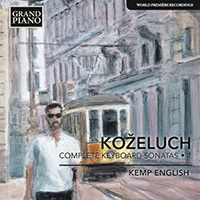
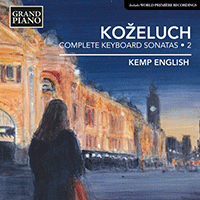
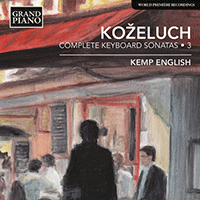
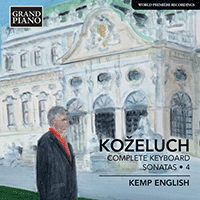
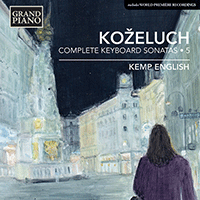
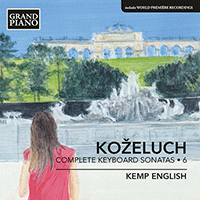
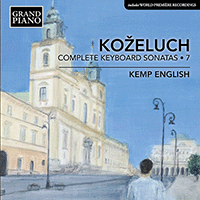
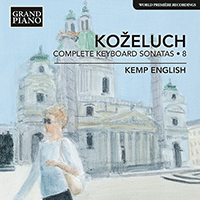
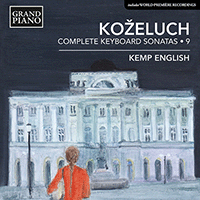
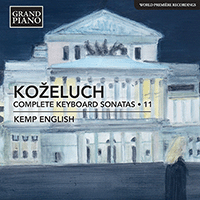

 Grand Piano has gained a reputation for producing high quality recordings of rare keyboard gems. Dedicated to the exploration of undiscovered piano repertoire, the label specialises in complete cycles of piano works by many lesser-known composers, whose output might otherwise have remained unknown and unrecorded.
Grand Piano has gained a reputation for producing high quality recordings of rare keyboard gems. Dedicated to the exploration of undiscovered piano repertoire, the label specialises in complete cycles of piano works by many lesser-known composers, whose output might otherwise have remained unknown and unrecorded.






